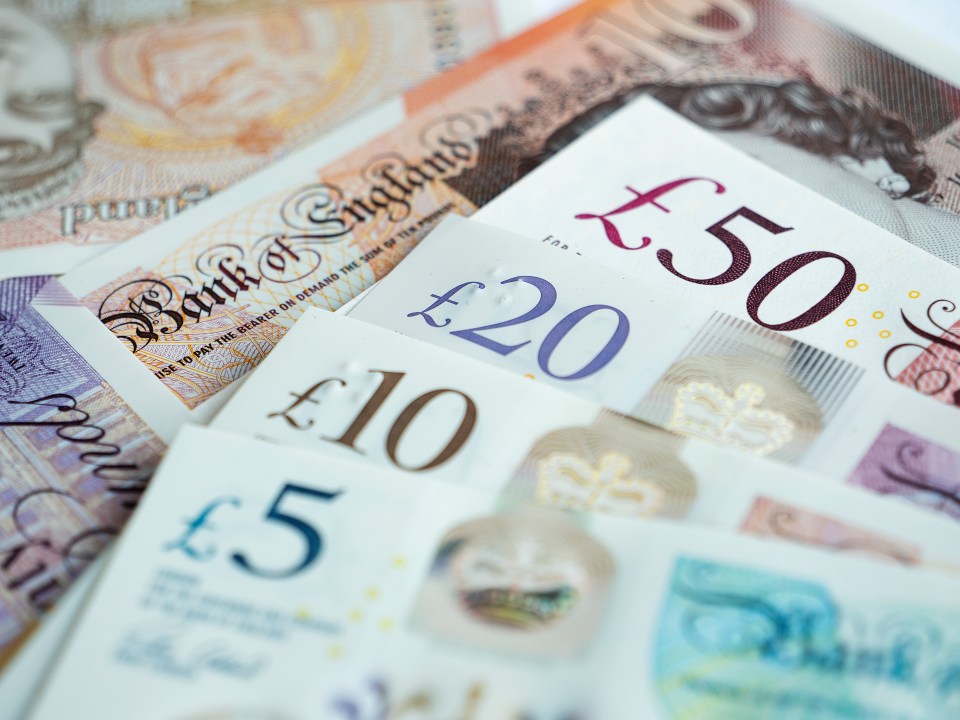THE UK’s economy grew in the three months to June but slowed on the first quarter of the year.
The latest figures from the Office for National Statistics (ONS) reveal Gross Domestic Product (GDP) grew by 0.3% between April and June.
This is lower than the 0.7% recorded between January and March, but stronger than expected by analysts.
GDP grew in the second quarter of the year mostly due to the services and construction sectors.
It’s worth bearing in mind these latest quarterly figures are estimations and are open to be revised at a later date.
Liz McKeown, director of economic statistics at the ONS, said: “Growth slowed in the second quarter after a strong start to the year.
“The economy was weak across April and May, with some activity having been brought forward to February and March ahead of Stamp Duty and tariff changes, but then recovered strongly in June.
“Across the second quarter as a whole growth was led by services, with computer programming, health and vehicle leasing growing.
“Construction also increased while production fell back slightly.
“Growth for the quarter was also boosted by updated source data for April, which while still showing a contraction, was better than initially estimated.
“Services also drove growth in June with scientific R&D, engineering and car sales all having a strong month.
“Within production, which recovered, manufacture of electronics performed especially well.”
The data today was largely expected by analysts to show the UK economy slowed to just 0.1% growth in the second quarter of 2025 after a strong start to the year.
Last Thursday, the Bank of England forecast second-quarter UK GDP growth of 0.1%, slowed from 0.7% in the first quarter.
Figures have already shown that GDP contracted by 0.3% in April and 0.1% in May.
Plus, figures on Tuesday showed the UK jobs market weakened again, but overall wage growth remains strong, prompting traders to trim their bets on the possibility of another Bank of England rate cut this year.
What it means for your money
GDP measures the economic output of companies, individuals and Governments.
If it is rising steadily, but not too much, it’s a sign of a healthy and prosperous economy.
This is because it usually means people are spending more, the Government gets more tax and businesses get more money which then means pay rises for workers.
When GDP is falling, it means the economy is shrinking which can be bad news for businesses and workers who face pay cuts or even losing their job.
The Bank of England (BoE) also uses GDP and inflation as key indicators when determining the base rate.
This decides how much it will charge banks to lend them money and is a way to try to control inflation and the economy.
If GDP is low, the BoE cuts its base rate in order to encourage people to spend and invest money.
If it is higher, the BoE may keep its base rate higher in order to keep inflation in check.
